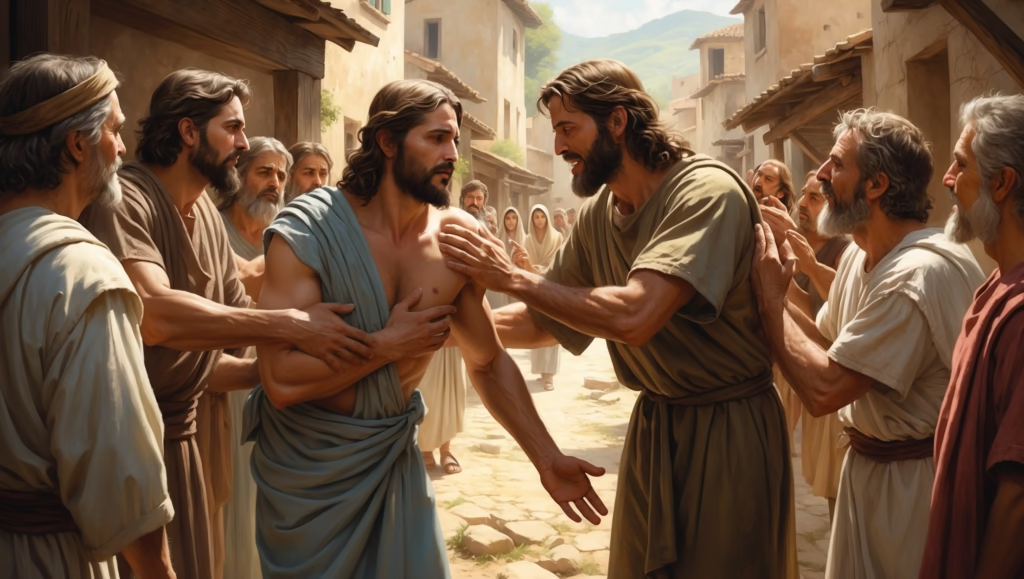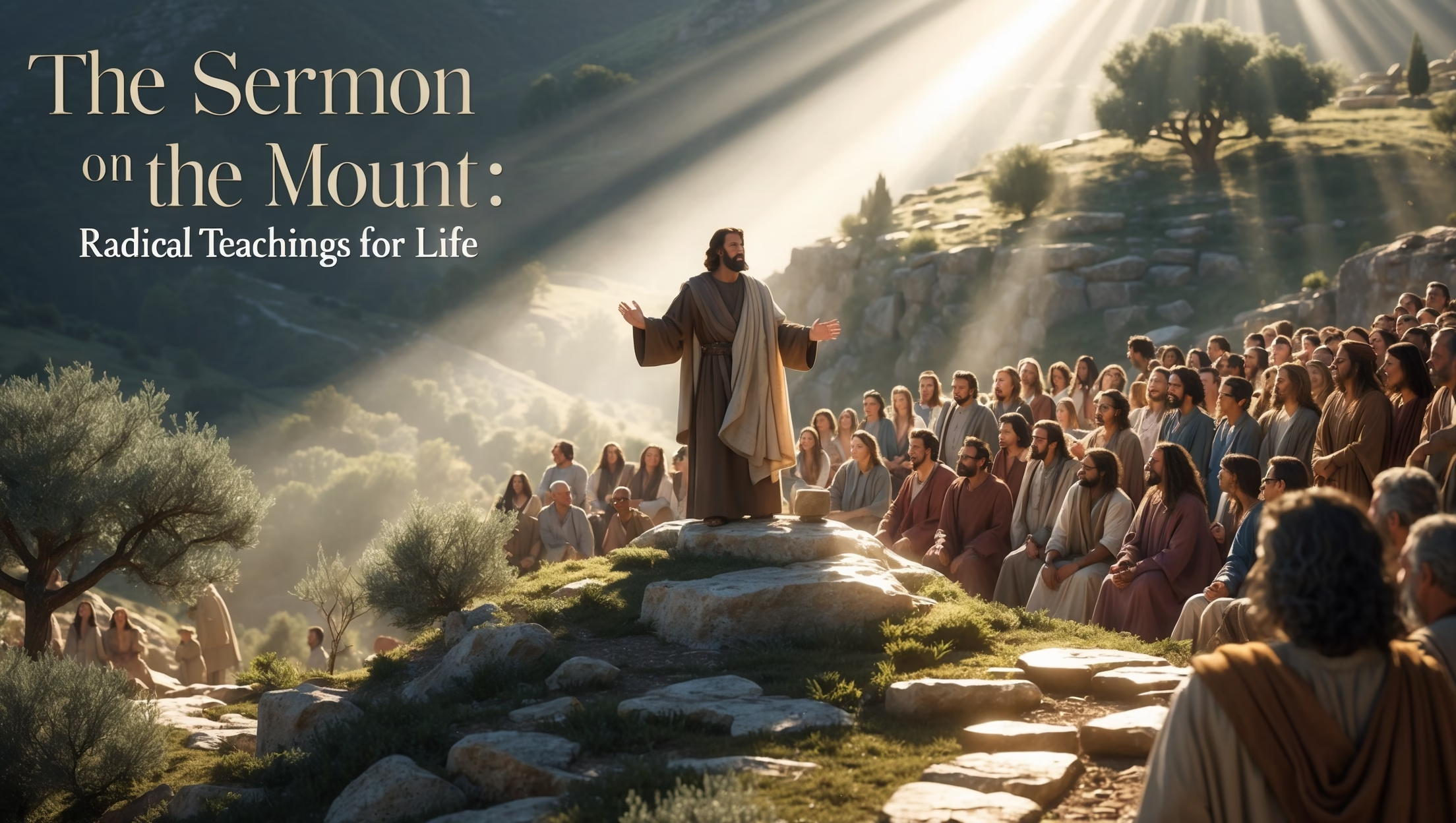Introduction
Throughout His ministry, Jesus demonstrated profound compassion for those suffering from physical, emotional, and spiritual ailments. His interactions with the sick and disabled were not merely acts of miraculous power but also reflections of God’s love and concern for the marginalized. By healing the infirm, Jesus revealed the nature of the Kingdom of God—a place where brokenness is met with restoration, dignity, and hope.
Jesus’ care for the sick challenged social norms. In His time, people with disabilities or illnesses were often marginalized, ostracized, or considered ritually unclean. Yet, He reached out to them openly, showing that every life has value in God’s eyes. His actions provide a model for believers today, emphasizing mercy, inclusion, and active compassion.

Stories of Healing
Healing the Blind
Jesus frequently restored sight to the blind, demonstrating both His divine authority and His empathy for human suffering. For instance, in John 9, Jesus heals a man blind from birth, not only curing his physical blindness but also provoking reflection on spiritual sight. This act underscores that His miracles are both immediate and symbolic, pointing to spiritual insight and restoration alongside physical healing.
Healing the Lame and Paralytics
Through miracles such as the healing of the paralyzed man lowered through the roof (Mark 2:1–12), Jesus revealed His power to forgive sins as well as restore physical health. These healings affirmed that bodily ailments do not limit access to God’s Kingdom. By addressing both spiritual and physical needs, Jesus modeled holistic care for the whole person.
Healing Lepers and Marginalized Individuals
Leprosy was considered highly contagious and socially isolating in Jesus’ time. His willingness to touch and heal lepers (Mark 1:40–45) broke societal boundaries and demonstrated God’s inclusive love. Jesus not only cured disease but also restored social dignity, reintegrating individuals into their communities.
Healing the Deaf and Mute
Jesus’ miracles extended to those who were deaf or mute (Mark 7:31–37). These acts highlight His concern for communication, relationship, and participation in society. By enabling them to hear and speak, He empowered individuals to engage fully with both God and community.
Compassion and Restoration
Jesus’ ministry was marked by compassion, not mere demonstration of power. Each miracle carried a message: human suffering matters to God. He did not heal for spectacle or personal gain but out of deep empathy for those in need.
Restoration in Jesus’ ministry was holistic. Beyond physical healing, He often addressed the social and spiritual dimensions of affliction. The healed leper, for example, received acceptance into society; the paralyzed man received forgiveness and relational healing. Through these acts, Jesus taught that God’s Kingdom brings comprehensive wholeness—body, soul, and community.
Jesus’ compassion challenges believers to see those in need with empathy rather than judgment. His interactions modeled dignity, patience, and tender care. Healing, in His ministry, was as much about restoring identity and hope as it was about curing disease.
Application for Today
Believers are called to emulate Jesus’ example in practical ways:
- Active Compassion
Just as Jesus reached out to those marginalized by illness, Christians are encouraged to actively engage with the sick and disabled. Visiting the ill, offering support, and advocating for accessibility reflects Christ’s heart. - Holistic Care
Jesus addressed both physical and spiritual needs. Today, believers can follow this example by offering emotional support, prayer, and encouragement alongside medical or practical assistance. - Breaking Social Barriers
Jesus broke societal norms by touching lepers and interacting with those deemed unclean. Modern application includes challenging stigma, promoting inclusion, and ensuring that communities honor the dignity of all individuals. - Faith and Prayer
Many healings in the Gospels involved faith—both the faith of the person being healed and of those interceding for them. Believers can engage in prayer for healing and support others in nurturing faith amidst suffering. - Reflection of God’s Kingdom
By caring for the sick, Christians mirror the values of God’s Kingdom—mercy, justice, and restoration. Acts of healing, support, and advocacy demonstrate that the Church embodies Jesus’ mission in the world.
Conclusion
Jesus’ interactions with the sick and disabled reveal His compassion, authority, and commitment to restoring dignity and wholeness. His miracles were not only demonstrations of divine power but also lessons in mercy, inclusion, and holistic care. For believers, these stories serve as a call to emulate His love, to care for the marginalized, and to act as agents of restoration in a broken world. By following Jesus’ example, we participate in His mission of healing, hope, and transformation.








